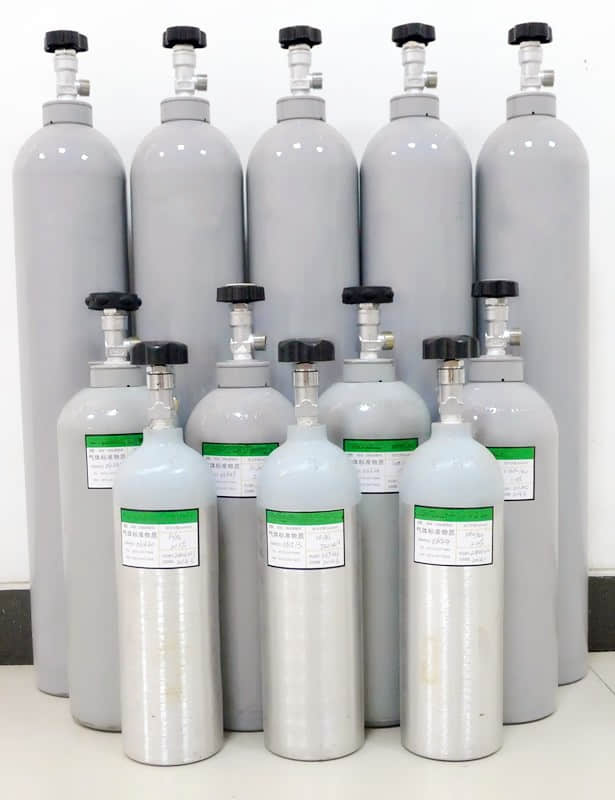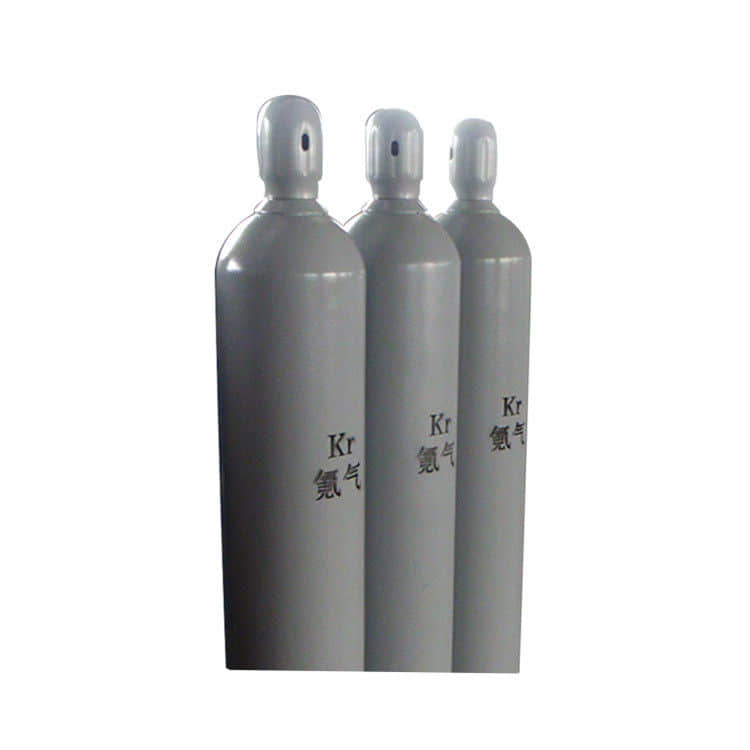Hexachloroethylsilane (chemical formula: Si2Cl6) is a colorless liquid that is prone to smoke in humid air. This compound is a chloride of silicon and can be regarded as an organic analogue of silicon, but its chemical properties are different from those of hexachloroethane. Structurally, in the molecular structure of hexachloroethane, the Si Si single bond length is 233pm. The preparation process is relatively complex and needs to be generated during the chlorination process of silicides, for example, hexachloroethane can be generated in the reaction of calcium disilicate. Hexachloroethane has very important applications in chemical reagents and volatile precursors for synthesizing silicon monomers. It is a very important organic synthesis raw material that can be used to prepare various organic silicon compounds, such as trichlorosilane, tetrachlorosilane, etc. These compounds have extensive applications in fields such as electronics, semiconductors, and photovoltaics. In addition, hexachloroethylsilane is also an effective Lewis base, which can decompose into dodecylneopentyl silane and tetrachlorosilane even at room temperature when reacting with Lewis acid. This conversion can be used to manufacture silicon based components for semiconductor devices, including photovoltaic cells. It should be noted that hexachloroethane has poor water stability and needs to be stored and used in a sealed, dry environment. Meanwhile, due to its toxicity and corrosiveness, special attention needs to be paid to safety issues. Hexachloroethylsilane is widely used in semiconductor industry. Because of its special properties, it is mainly used in the preparation of silicon oxide film, silicon nitride film and other films. Compared with the traditional chemical vapor deposition method, the preparation process of hexachloroethylsilane has the advantages of low deposition temperature, low deposition pressure and high production efficiency, and the obtained silicon oxide film and silicon nitride film have better density, insulation, corrosion resistance and compatibility. In addition, hexachloroethylsilane can also be used in the preparation of photochemical fiber, siloxane precursor and other products.
Hazard Overview
2.1 GHS Classification
Skin corrosion (Category 1B)
Severe eye injury (Category 1)
2.2 GHS labeling elements, including preventive statements
Pictogram
Warning word danger
Hazard statement
H314 causes severe skin burns and eye damage.
Warning statement
prevent
Thoroughly clean the skin after P264 operation.
P280 Wear protective gloves/protective clothing/goggles/face mask
response
P301+P330+P331 If swallowed by mistake: Rinse mouth. Do not induce vomiting.
P303+P361+P353 If skin (or hair) is contaminated: Immediately remove/remove all contaminated clothing. Wash skin with water/
Shower.
P304+P340 If inhaled: Move the patient to fresh air to rest and maintain a comfortable breathing position.
P305+P351+P338 If in contact with eyes, rinse slowly and gently with water for a few minutes. If wearing contact lenses, they can be easily removed
Remove the contact lenses and continue rinsing
P310 Immediately call the poisoning control center or doctor
P321 Specific treatment (see the first aid instructions provided on this label).
P363 contaminated clothes can only be reused after cleaning.
Storage
P405 storage must be locked.
disposition
P501 Dispose of contents/containers to an approved waste treatment plant.
2.3 Other hazards
React violently when exposed to water.
React violently when exposed to water.
2.1 GHS Classification
Skin corrosion (Category 1B)
Severe eye injury (Category 1)
2.2 GHS labeling elements, including preventive statements
Pictogram
Warning word danger
Hazard statement
H314 causes severe skin burns and eye damage.
Warning statement
prevent
Thoroughly clean the skin after P264 operation.
P280 Wear protective gloves/protective clothing/goggles/face mask
response
P301+P330+P331 If swallowed by mistake: Rinse mouth. Do not induce vomiting.
P303+P361+P353 If skin (or hair) is contaminated: Immediately remove/remove all contaminated clothing. Wash skin with water/
Shower.
P304+P340 If inhaled: Move the patient to fresh air to rest and maintain a comfortable breathing position.
P305+P351+P338 If in contact with eyes, rinse slowly and gently with water for a few minutes. If wearing contact lenses, they can be easily removed
Remove the contact lenses and continue rinsing
P310 Immediately call the poisoning control center or doctor
P321 Specific treatment (see the first aid instructions provided on this label).
P363 contaminated clothes can only be reused after cleaning.
Storage
P405 storage must be locked.
disposition
P501 Dispose of contents/containers to an approved waste treatment plant.
2.3 Other hazards
React violently when exposed to water.
React violently when exposed to water.







